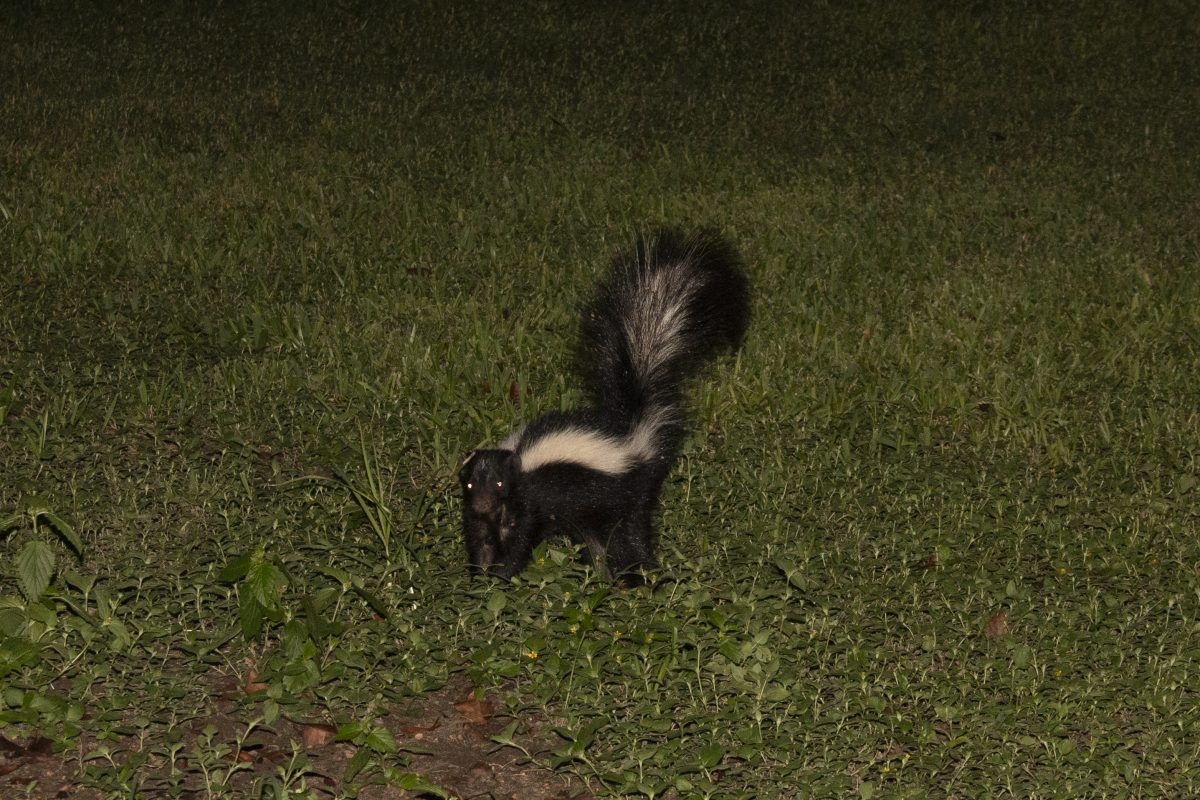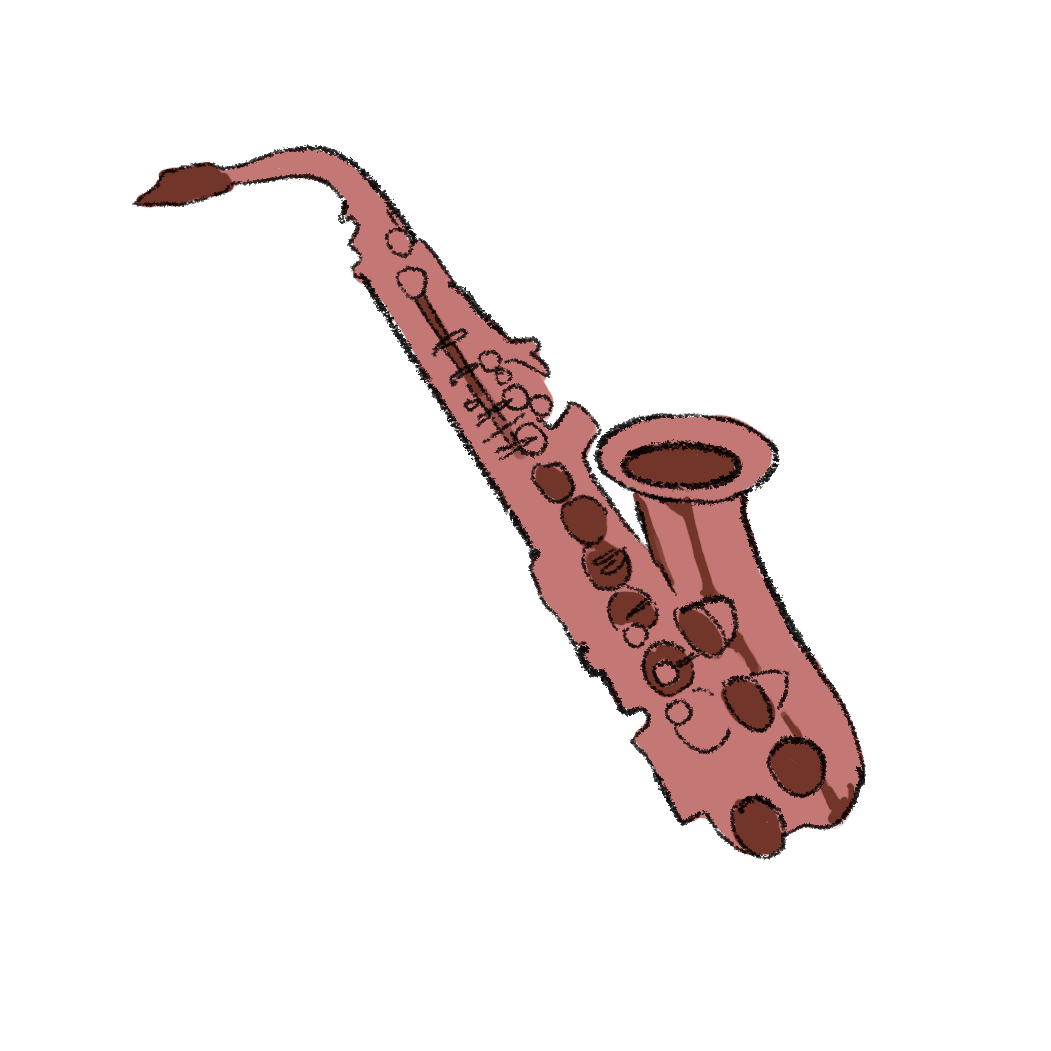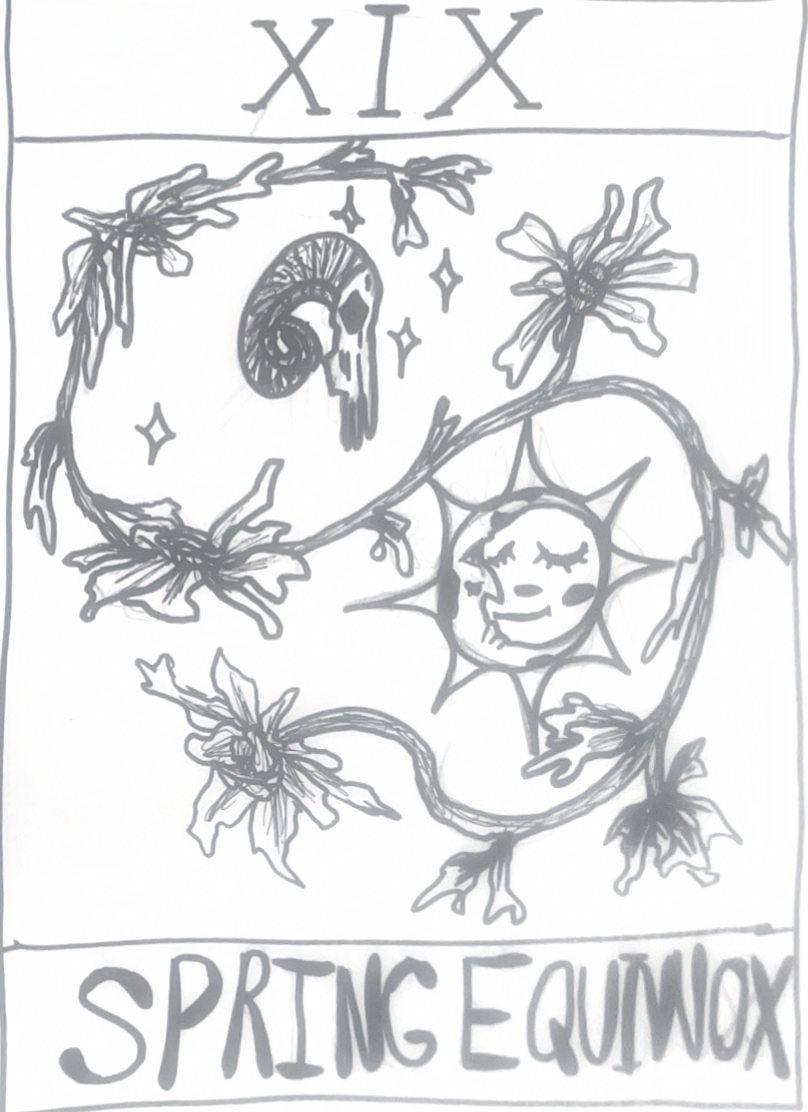When Jacob Guzman, sophomore accounting and finance double-major, opened the door to his balcony late one night, the last thing he was expecting to find was a horde of crickets. As Guzman sat outside before going to bed, he said an estimated 30 crickets made their way into his dorm.
“I was moving my feet, and I was like, ‘Why are there crickets everywhere?’ And then they started running into my room, and my roommate was already asleep, so it was dark in my room, so I had a flashlight, and I was killing the crickets,” Guzman said. “It was terrifying. It was like a horror movie.”
Though Guzman said the crickets ruined his night, he — like many other students — have learned to live side by side with some of the native species that call our campus home. Buzz around the number of cricket and fox sightings on campus has opened the door to conversations about how the Trinity University community interacts with wildlife.
Ridge Holder, sophomore math major, spoke about his encounters with Trinity’s fox population. He said he had seen more foxes while living in the sophomore dorms than in first-year dorms.
“The one I saw outside of Thomas was very … friendly is not the right word, but he wasn’t too apprehensive of people because I was standing out there by the road, and he was within 15 feet of us just kinda strolling around eating berries and seemed to have no issues with us until I tried to actually approach him,” Holder said. “And then he ducked behind a car.”
The wildlife on campus seemingly don’t mind their student surroundings. Holder said he loves sharing campus with our native species and wishes to interact with them more.
Meredith Brashear, senior geosciences major, is also excited by the presence of animals on campus. As a residential assistant who does late-night rounds, she said she has seen more wildlife than most.
“Fall last year, a [possum] mom and babies were over by Marrs McLean,” Brashear said. “I’ve seen bumblebees on campus, praying mantises, there’s tarantulas. We have hummingbirds, which are so cute.”
Brashear said that one of her classes this semester, The Natural Environment and Well-Being, encourages students to spend more time outdoors. This time allows her to experience the wildlife Trinity has to offer.
“I just think you have to spend time outside, and you will get to see some pretty cool things,” Brashear said. “We had to walk around and find something we really loved and take a picture of it for our Natural Environment and Well-Being class, so spending time in nature during my class period, I was looking at the flowers and was like, ‘Oh my god, a giant bee.’”
Nirvan Pithadia, first-year biochemistry and molecular biology major, spoke about his experience first encountering campus wildlife. He said he especially enjoys the birds around campus, including an Albert-Herff Beze resident vulture.
“There is a vulture that lives in the Beze dorm hall trash cans. It was kinda just sitting there on the grass,” Pithadia said.
Though he enjoys our native species, Pithadia said that as a member of the Cat Alliance, he recognizes that sometimes wildlife poses a concern.
“There’s an area behind the art building where one of the cats lives. His name is Sammy, but basically I found a possum back there, and I was worried for a minute that some altercations might happen, but none,” Pithadia said. “There are some concerns with the foxes, which could potentially even be agitated by things like construction and certain noise pollutions.”
Some students, however, expressed concerns that the opposite may also be true. Brashear said the cats may present a threat to wildlife populations.
“The cats are definitely not native, and they actually cause problems with native bird and mouse numbers since they are eating all of them,” Brashear said.
Regardless of where the concern lies, Pithadia stated that Sammy and the possum seem to coexist well.









